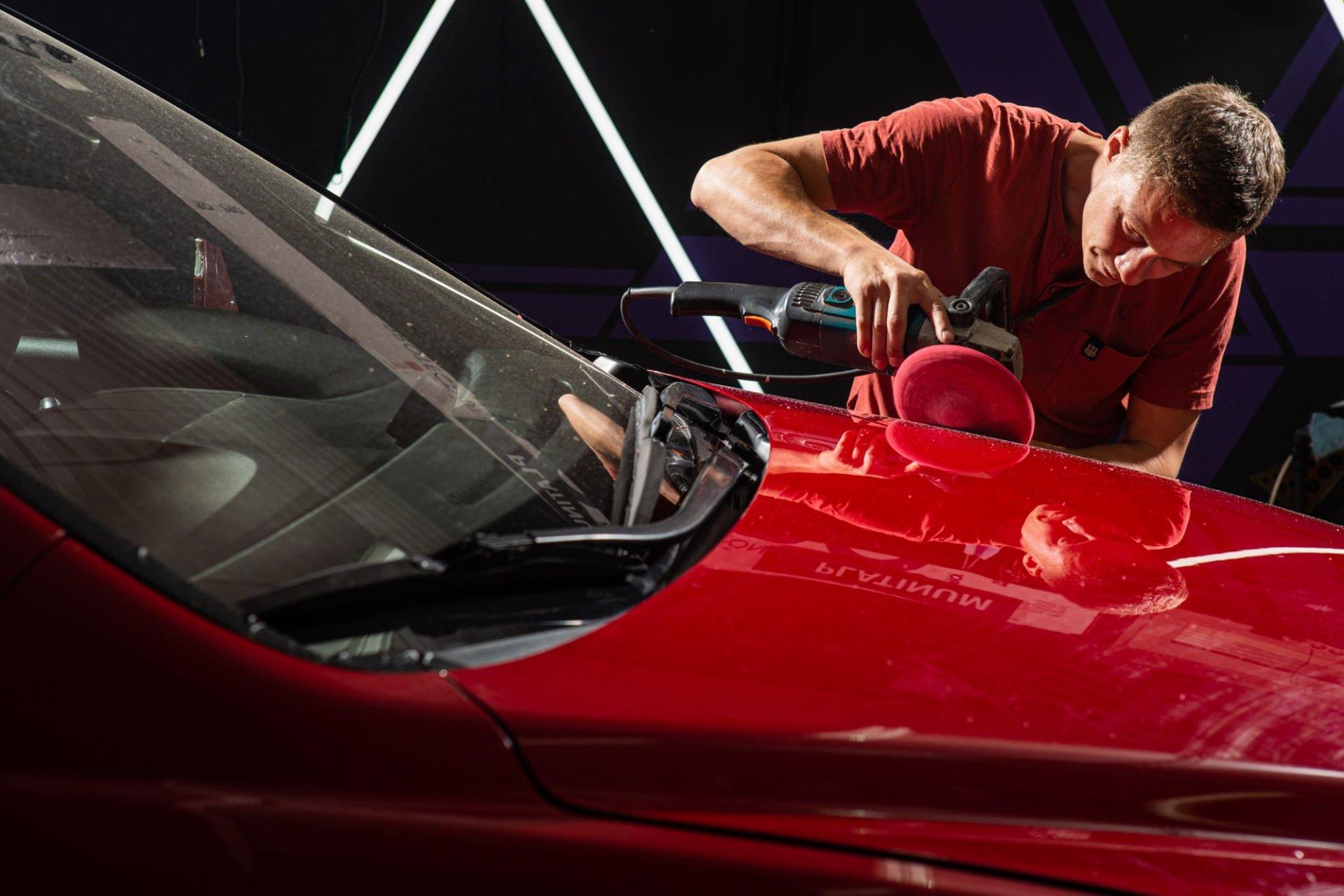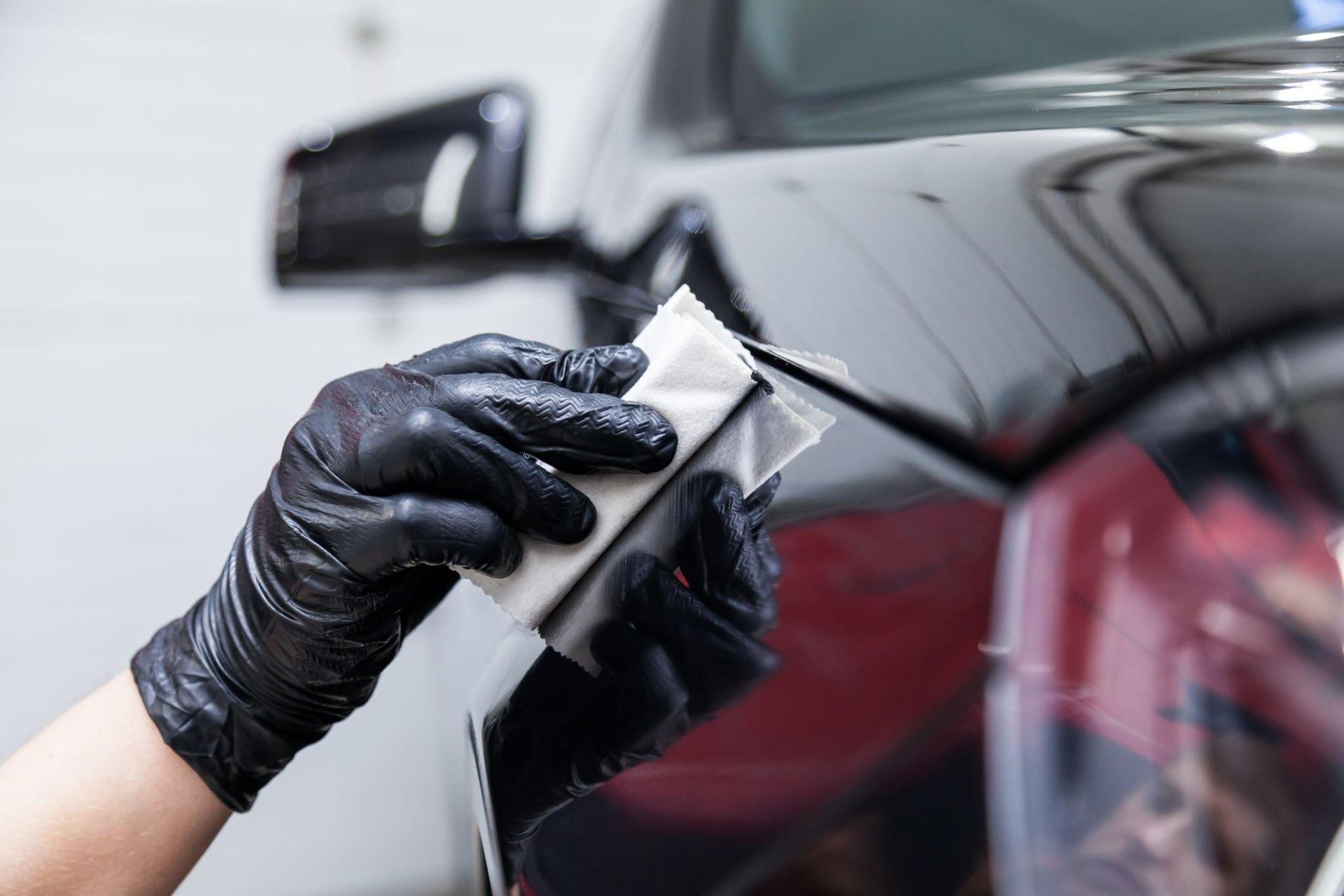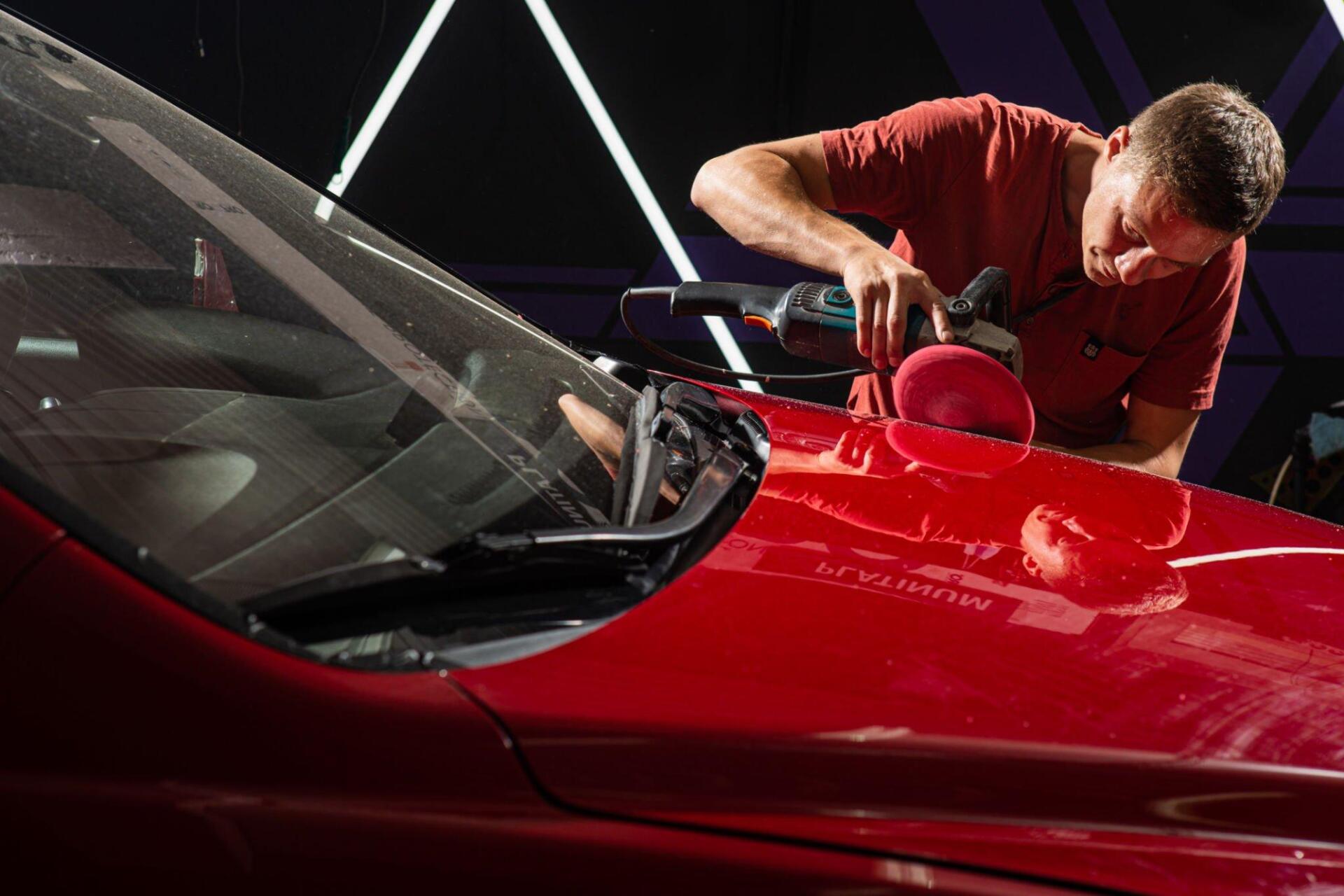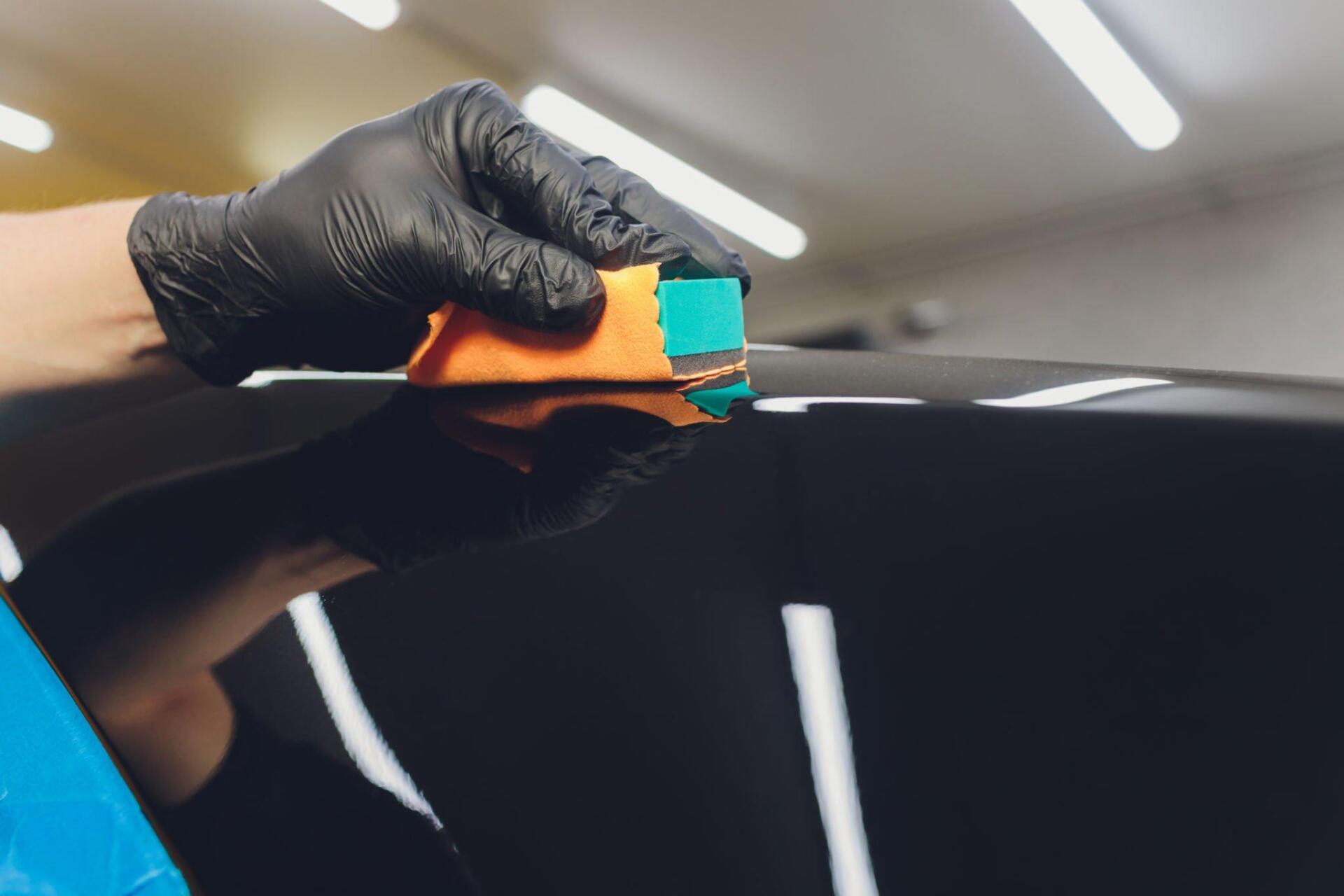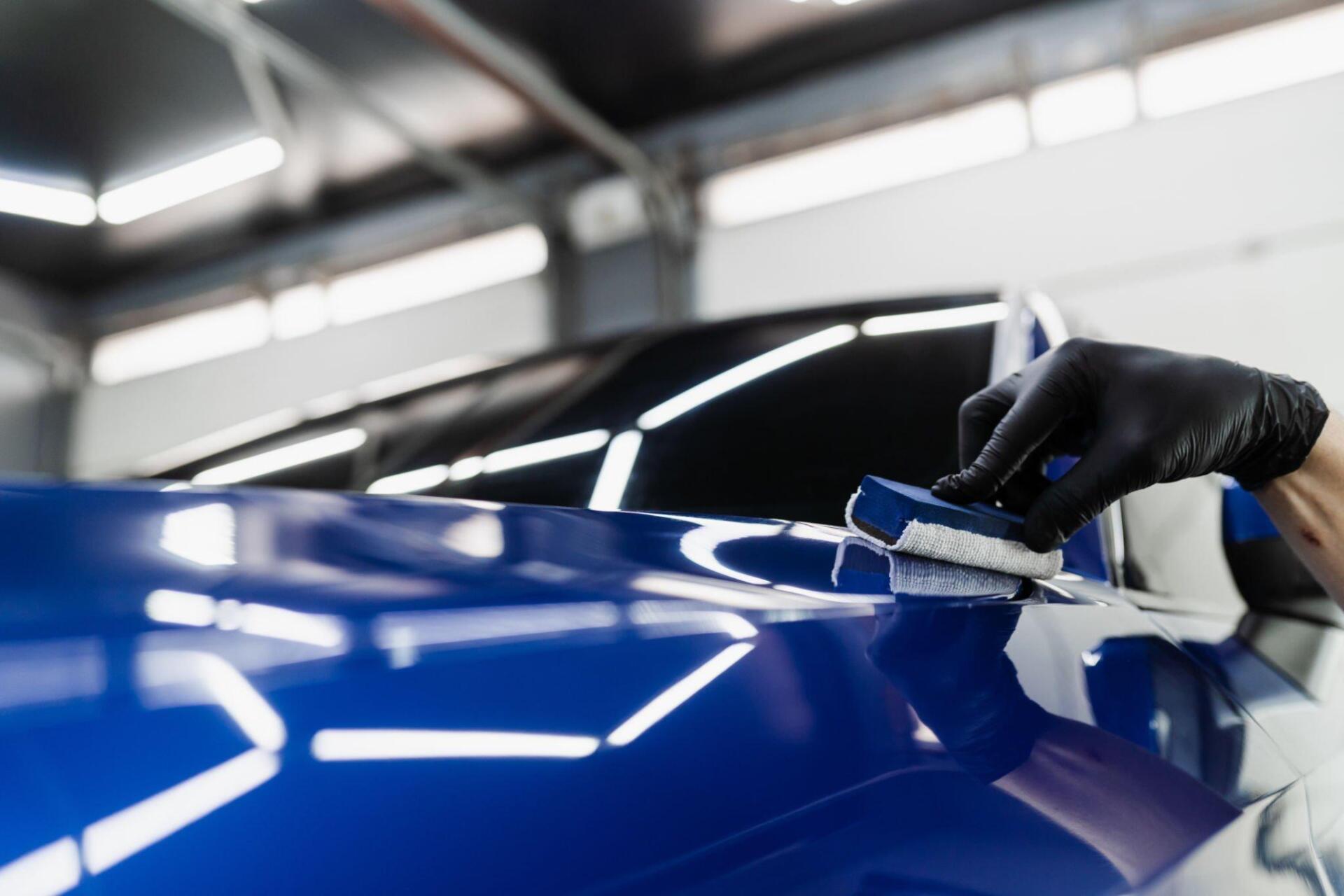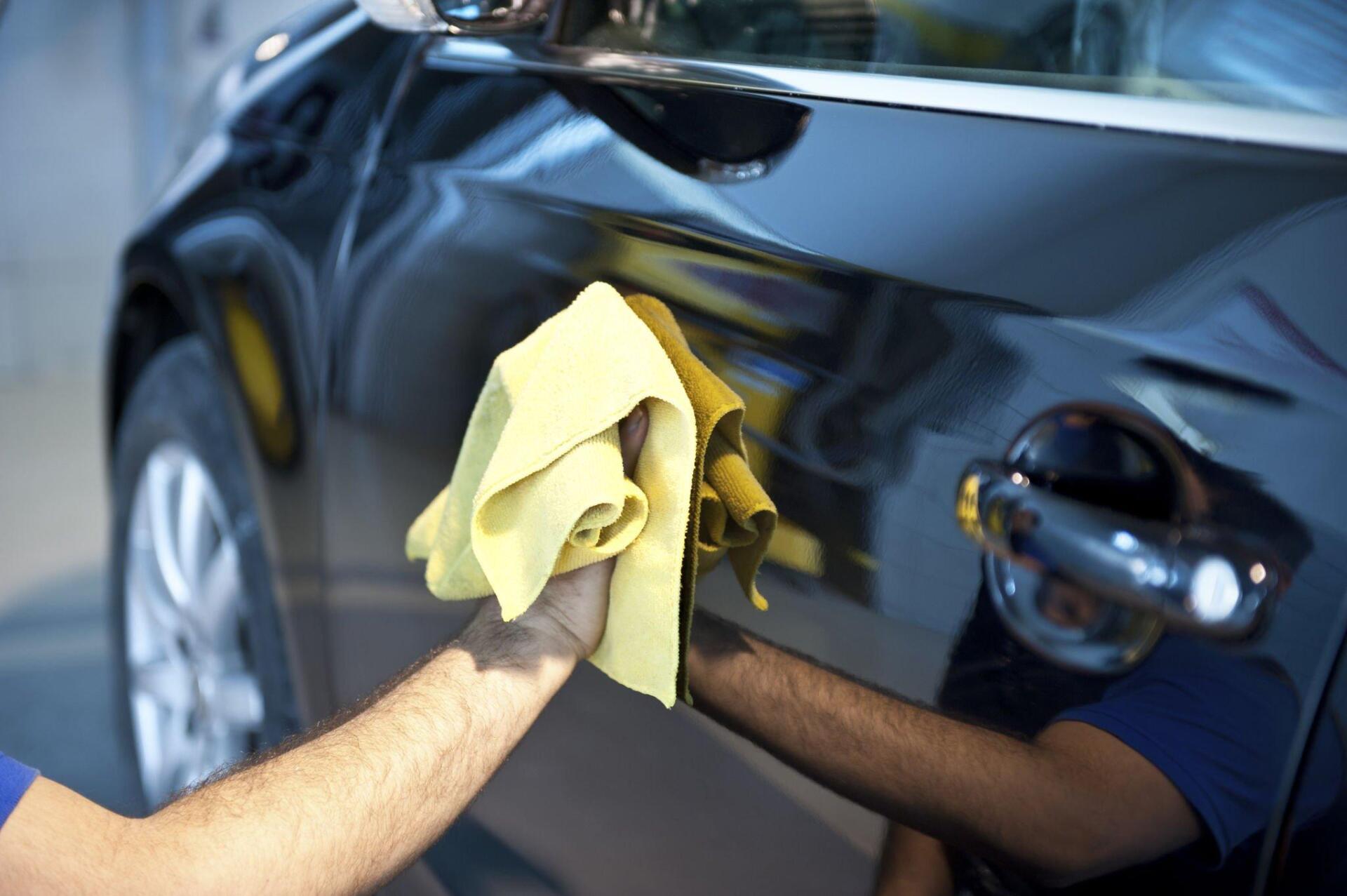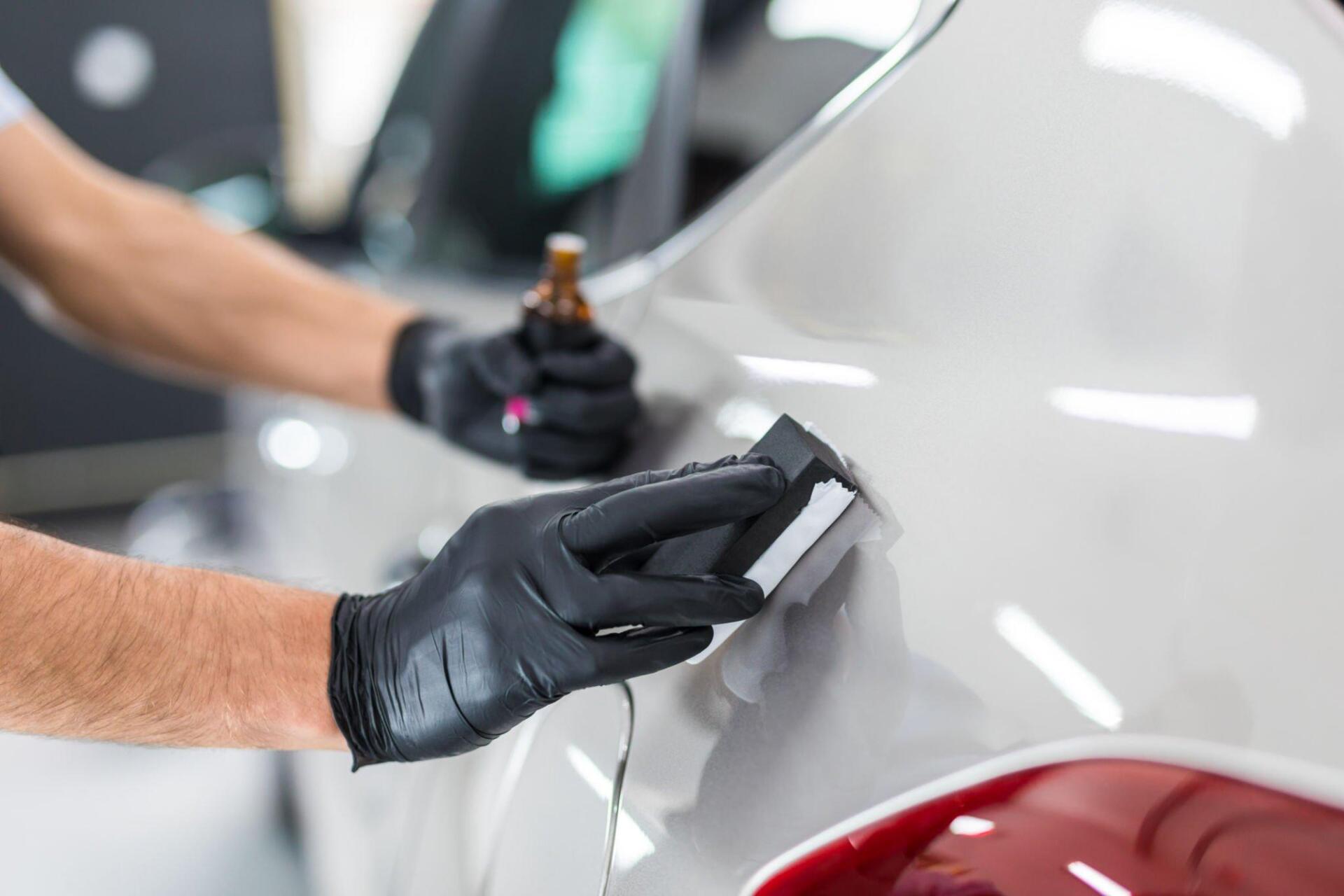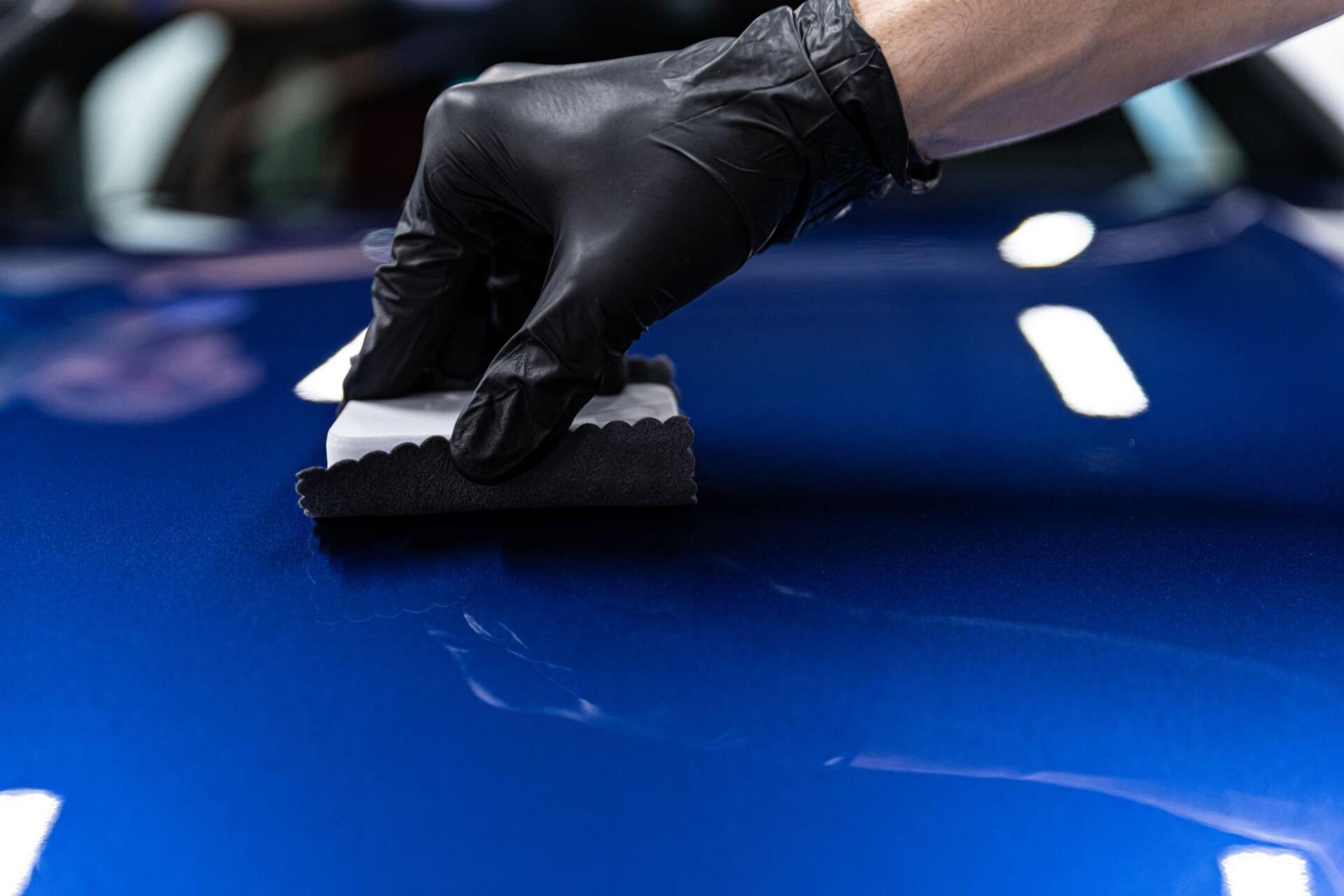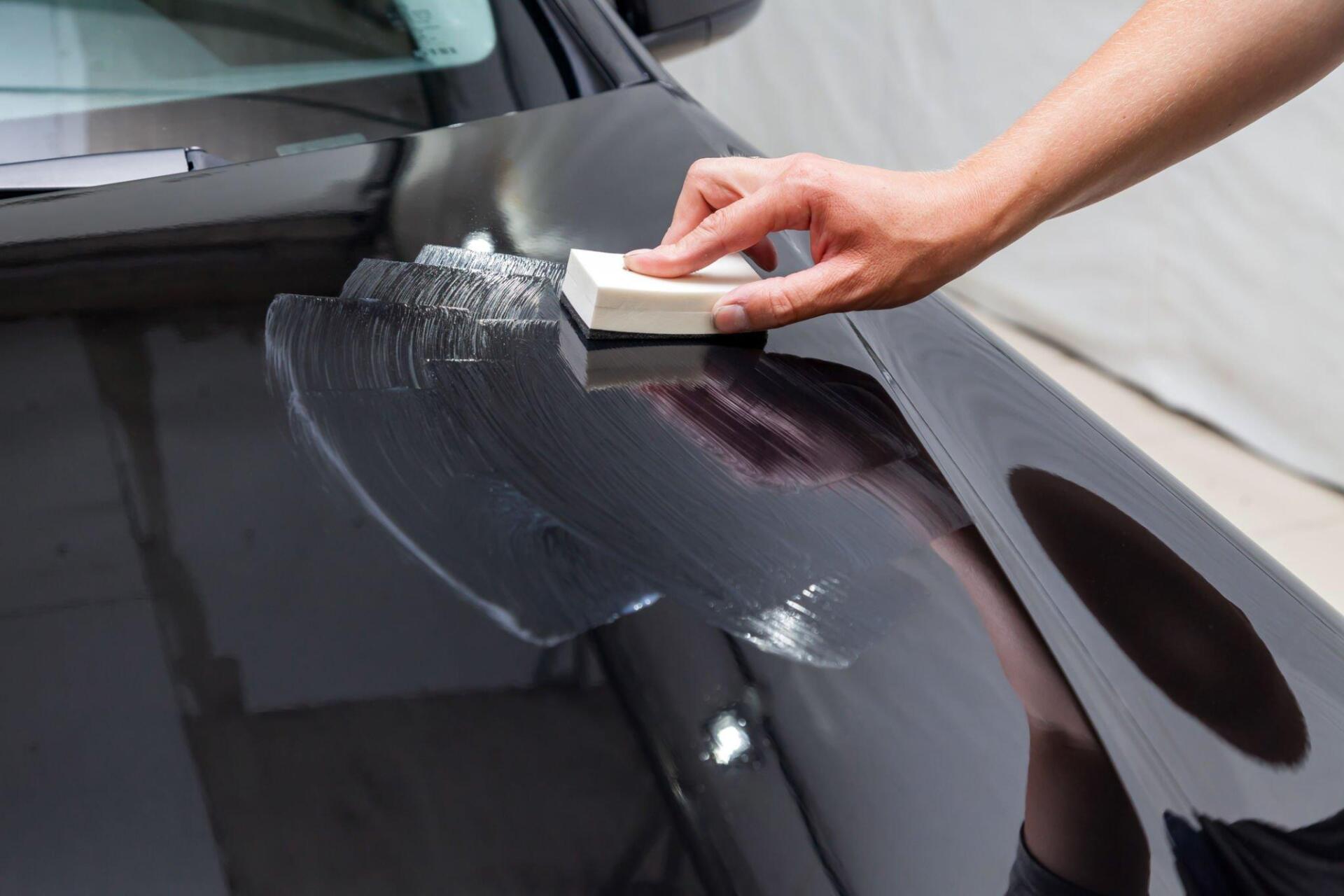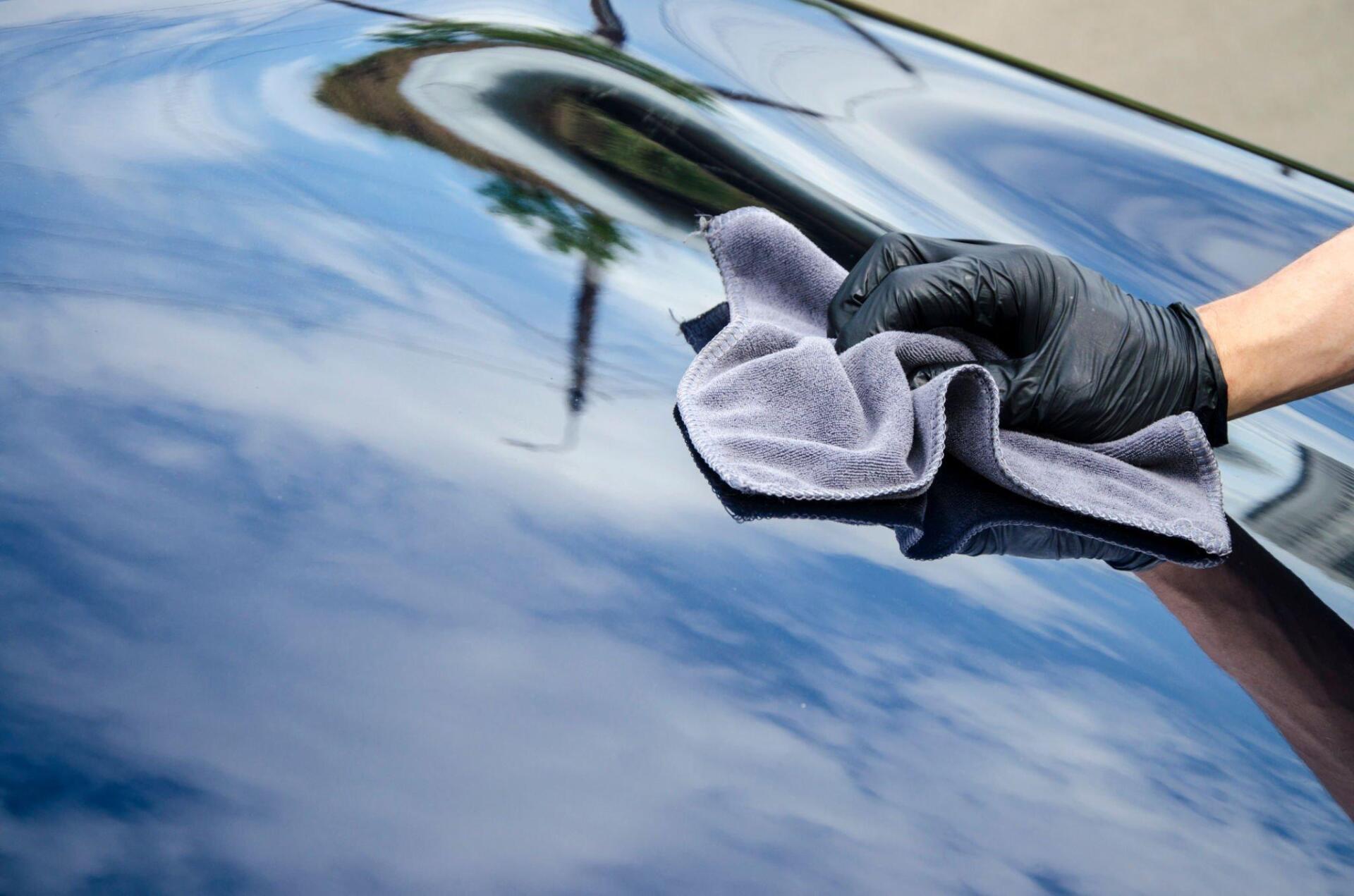Ceramic Coating 101: Everything You Need to Know
Ceramic Coating 101: Everything You Need to Know
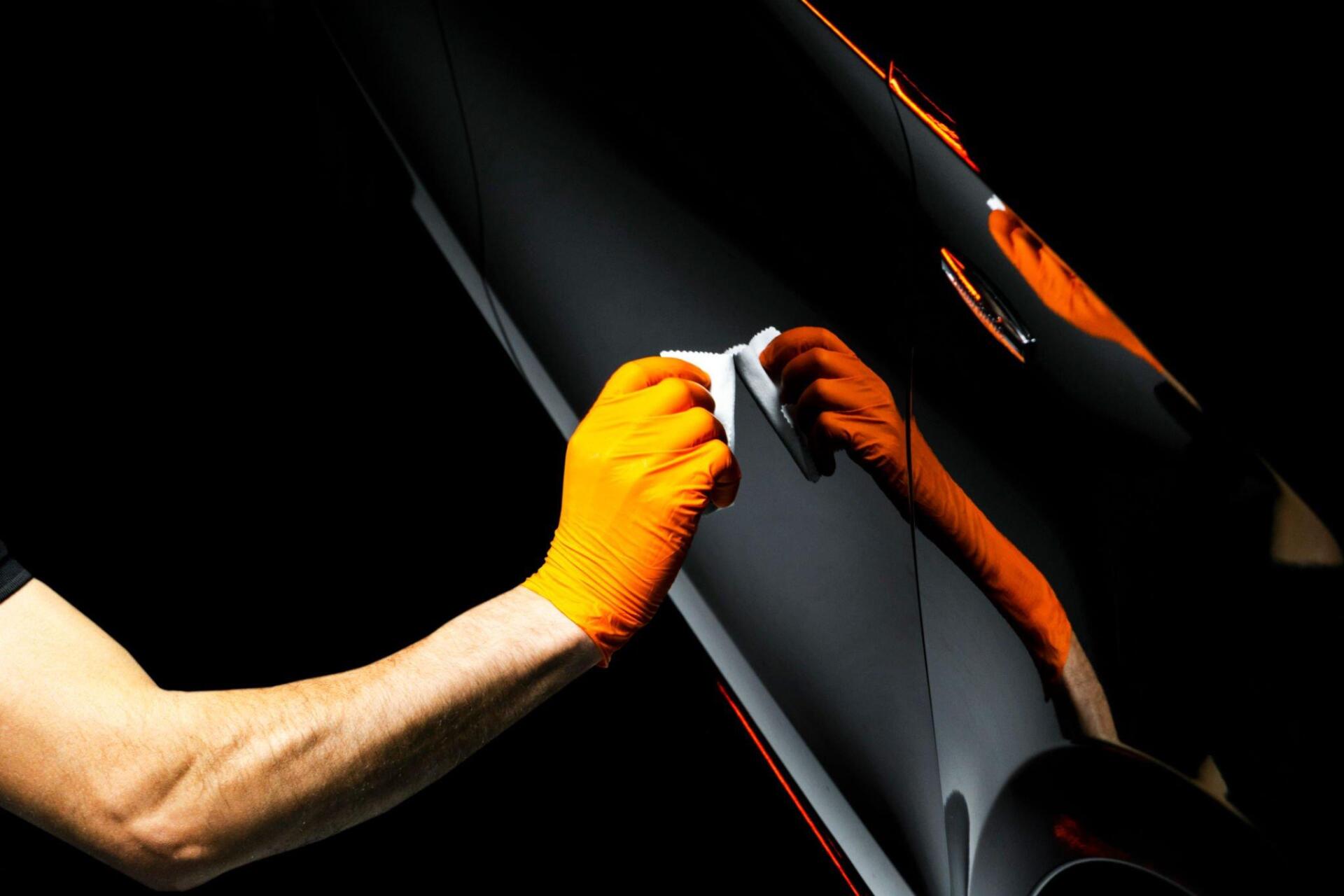
Ceramic coatings provide superior protection against UV rays, dirt, and other environmental contaminants and can make cleaning and maintenance more accessible than traditional waxing and polishing.
If you are considering ceramic coating for your vehicle, you should understand the basics of the technology, cost, and installation process.
This blog post will provide an overview of ceramic coatings and answer some common questions to help you make an informed decision.
We'll cover everything from ceramic coating types and longevity to maintenance requirements and cost. Get ready to learn more because here's Ceramic Coating 101: Everything You Need to Know!
1. What is ceramic coating, and how does it work?
Ceramic coating is a liquid polymer applied to a vehicle's exterior. It bonds with the vehicle's factory paint and creates a layer of protection.
This layer prevents dirt, dust, and other contaminants from sticking to the paint surface, and it helps to provide a high-gloss shine.
The ceramic coating also helps to repel water, making it easier for you to clean and dry your vehicle. The ceramic coating forms a bond with the paint that is highly durable and can last up to five years.
2. Benefits of using ceramic coating on your vehicle
Ceramic coating is one of the most popular methods of protecting your vehicle's paint.
When applied, it forms a ceramic layer on the surface of your car that acts as a protective barrier, preventing dirt and dust from sticking to the paint and making it easier to clean.
It also helps protect against environmental contaminants such as:
- bird droppings,
- tree sap,
- road salt.
The ceramic coating adds a glossy finish to your car, giving it a showroom look that lasts for years.
3. Types of ceramic coatings and their applications
Ceramic coatings are a type of protective coating applied to surfaces to protect them from corrosion, scratches, and other types of damage.
There are several different types of ceramic coatings, each with its own unique set of properties and applications. Let's look at the three main types of ceramic coatings and their applications.
The first type of ceramic coating is zirconia, a complex, scratch-resistant material highly resistant to high temperatures and corrosion. It is commonly used in automotive applications, such as exhaust systems and wheels, and industrial applications, such as machine parts.
The second type of ceramic coating is alumina, a softer, heat-resistant material that can be used on surfaces subject to wear and tear. It is commonly used on components such as brake discs and engine blocks.
The third type of ceramic coating is silicon nitride, a relatively new layer that offers excellent temperature, wear, and corrosion resistance. It is most commonly used on components subject to high temperatures and high levels of wear and tear, such as turbine blades and fuel injectors.
4. How to choose the right ceramic coating for your needs?
When choosing the right ceramic coating for your needs, there are a few factors to consider.
First, consider the surface that you're coating. Different coatings are designed to work best on certain characters, so make sure you choose a compatible layer.
Next, consider the environment in which you will apply the ceramic coating. Different coatings respond differently to different temperatures, humidity levels, and more, so make sure you pick the right one for your environment.
Finally, consider how long you want the coating to last. Different ceramics have different durability ratings, so make sure you choose one that will last as long as you need it to.
5. Maintenance Tips for Ceramic Coating
Once your car's exterior is coated in ceramic, it's essential to take care of it so it lasts for years. Here are five maintenance tips for ceramic coating:
- Regularly wash your car. Dirt and grime left on the car's surface can cause damage to the ceramic coating.
- Use a gentle car wash soap to avoid stripping away any of the ceramic's protective qualities.
- Avoid using abrasive cleaners or cloths, as they can wear away at the ceramic coating.
- Wax your car every few months to keep the ceramic coating looking its best.
- When drying your car after washing, use a microfiber towel to avoid scratches or streaks.
In conclusion, ceramic coatings are an excellent way to protect and enhance your vehicle's finish.
They are more durable and longer-lasting than traditional waxes and sealants and provide superior protection against UV damage, dirt, and other environmental contaminants.
Ceramic coatings are an investment in your car's finish, and when properly applied and maintained, they can last for years. With just a bit of knowledge, you can ensure you get the best out of your ceramic coating.


